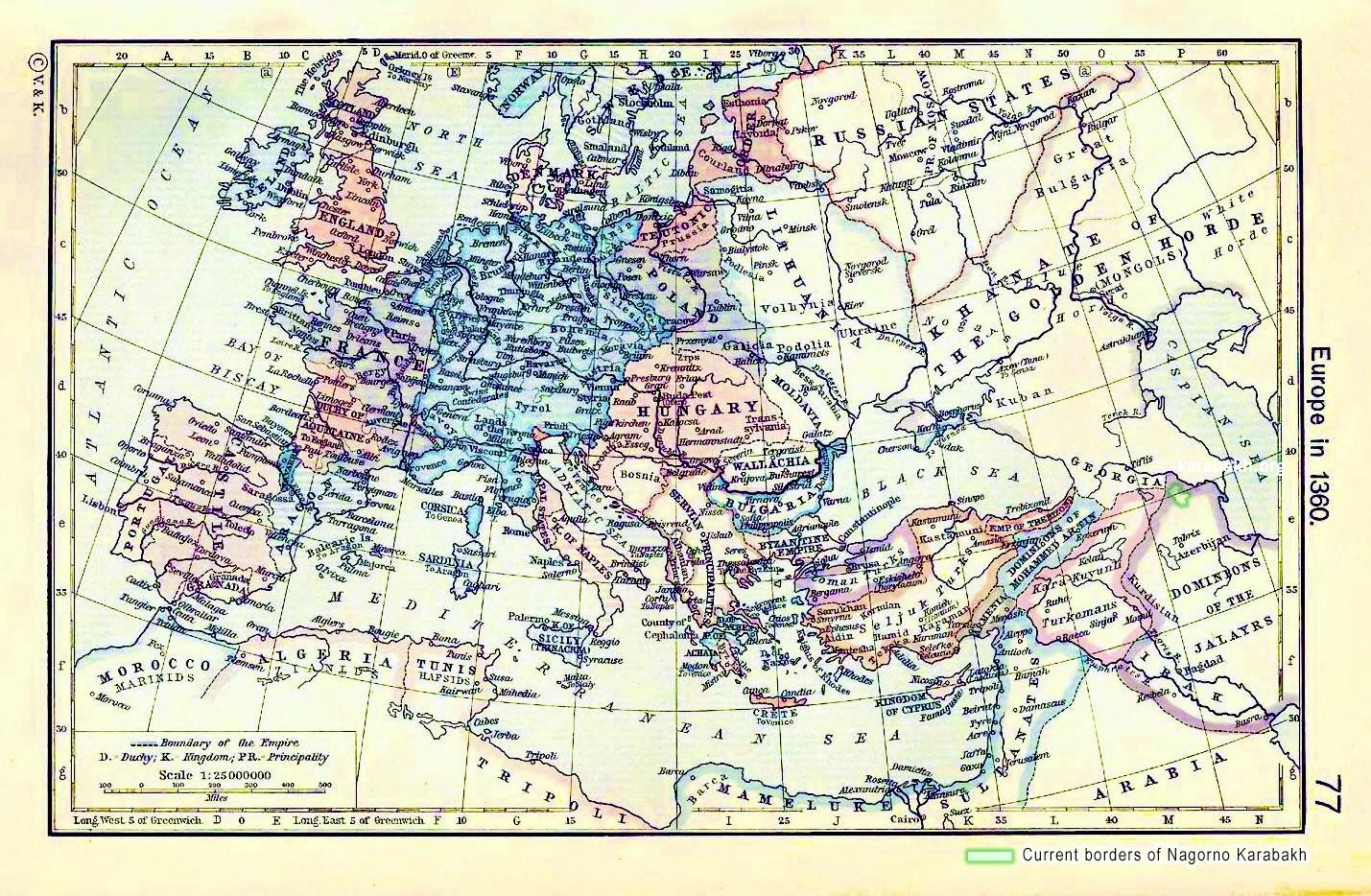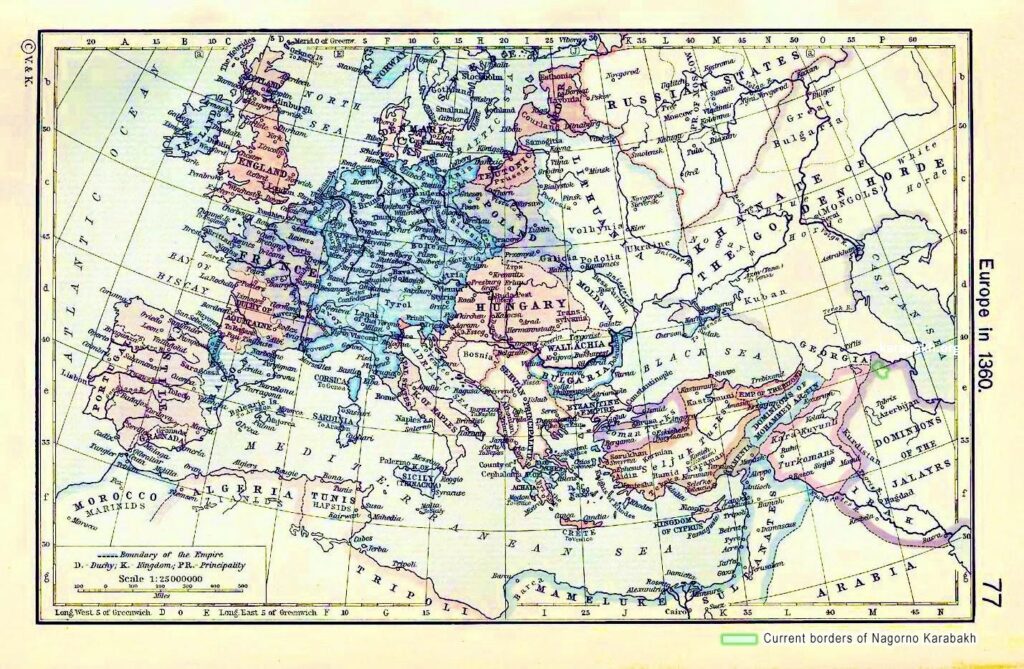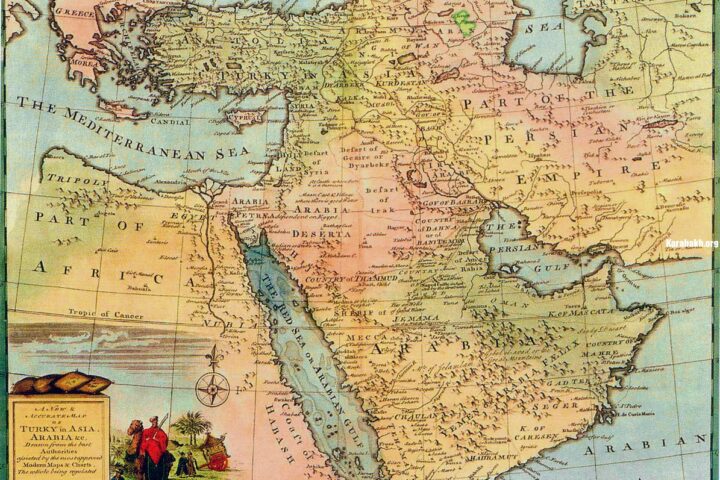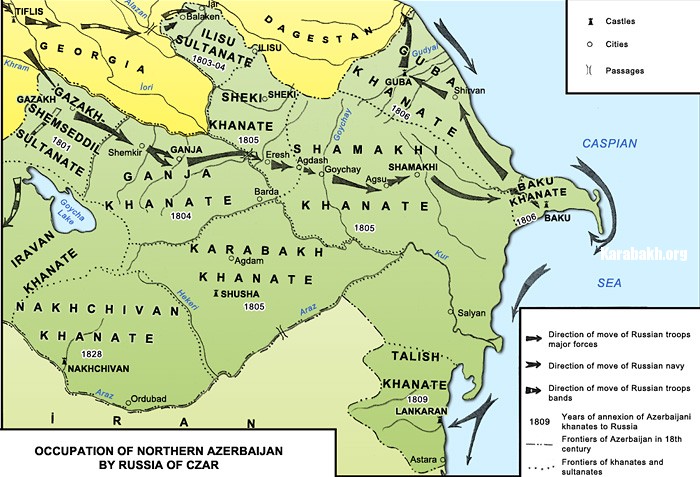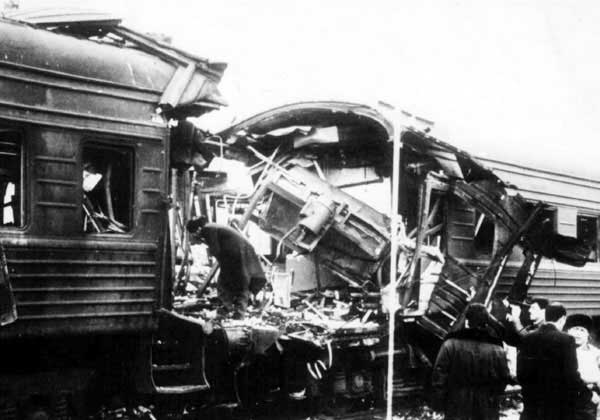In the XIII-XIV centuries Karabakh was one of the main centers of social and political events occurring in Azerbaijan. The rulers of the Hulagid and Jalairid States holidayed in Karabakh and questions of state significance were decided here.
The Mongol princes Gazan-Khan and Arpa-Khan ascended the throne in Karabakh and the rulers Argun-Khan and Abu-Said died here.
Karabakh was controlled by representatives of the Hulagid and Jalairid families – Satibey-Khatun and her son Surgan, Muhammadbey Gushchu. In 1343 an uprising led by Haji Hamza, Mulaid, Hasan Chobani Ikhtaji and Huseyn Anbuga and in 1351 another one – led by Dalu Bayazid, took place in Karabakh. These uprisings were suppressed with great difficulty. The local nobility of Karabakh, in particular.
Gazi Mukhi ad-Din Bardai, took active part in the war against the yoke of the feudal lord Chobanid. The Shirvanshah Key-Kavus (1344-1372), The ruler Sheikh Uveys Jalairid (1359-1374) and later the Emir Timur (1370-1405) had great influence in Karabakh. (12) The Khachen Principality existed in the XII-XIII centuries in the Mountainous part of Karabakh.
Khachen became a magal (region) of Arran and was a difficult to access mountainous and wooded territory. The Khachen fortress was the center and main fortified point of the principality. The creation of this possession was a reconstruction of the ancient Albanian State in a small territory. A blossoming of the principality took place during the rule of Hasan Jalal (1215-1261) known as the ‘Albanian Emperor’, ‘Possessor of Albanian Borders’ and the ‘Prince of Khachen and the country of Artsakh’. The family of Hasan Jalal was descended from the dynasty of the great Albanian Prince Mekhranid. (13) The prominent Armenian learned academic I. A. Orbeli believed that Khachen was ‘a part of ancient Albania’. (14) Therefore attempts to ‘Armenianise’ the Khachen Principality and its leader Hasan Jalal, who in epigraphic inscriptions surviving to our era calls himself ‘Albanian Emperor’, are far from historical reality and have the sole aim of presenting Khachen as ‘Armenian territory’.
In the beginning of the XIII century the Khachen Principality, situated in the territory of North Azerbaijan, was subjected to a Mongol and Khorezmshakh Jalal ad-Din (1200-1231) assault. The Khachen Prince Hasan Jalal came into contact with the Mongol military leader Juchi Buga, Vizier of Jalal ad-Din Sharaf al-Mulk, and later with Batu Khan(1227-1255), with whom he became related, and protected his possessions and power. While visiting Mongolia in 1225 together with Sartan, the son of Batu Khan, he was received by the great khan Mengu (1251-1260) which allowed him to strengthen his power.
A series of buildings, including the Gandzasar Monastery (1240), were erected under Hasan Jalal and additions of XIII century Albanian history were also made to the work The History of the Albanians by the VIII century Albanian author Moses Kalankaytuk.
Hasan Jalal was killed in 1261 on the order of the Mongol Prince Argun, after which the Mongols appointed his son Jalal Atabey, who ruled until 1287, as ruler. In that year the Khachen Principality ceased to exist.
The territory of Karabakh is notable for abundance.
The medieval historian Hamdullah Gazvini confirms this in his works and writes about the regions of Karabakh – Kheyrak, Barda and Shamkir and about the city of Ganja. The irrigating waters of the Kura and Araz made the earth of Karabakh notable for its fertility and high yields. There were also favourable conditions for the development of animal husbandry, including horse-breeding here: horses from Karabakh are still famous all over the world. The European traveler Johann Schiltberger reported that the best silk in the world is produced in Karabakh. Important international trade routes crossed the territory of Karabakh. Thus, one of the routes of the main northern trade route of the Hulagid State passed through Karabakh. Its general length stretched for 45farsangs (about 280-300km) and handicraft and trade centres were situated along this route cities and the large trade settlements Khar, Gark, Lambaran, Bazarjik, Barda, Juzbuz, Dikh-Isfagan, Khanagah-Shutur, Ganja, Shamkir, Yurt-Shadekban, Agstafa and Yam. This route extended to Tbilisi and from there to the northwest. (15)
